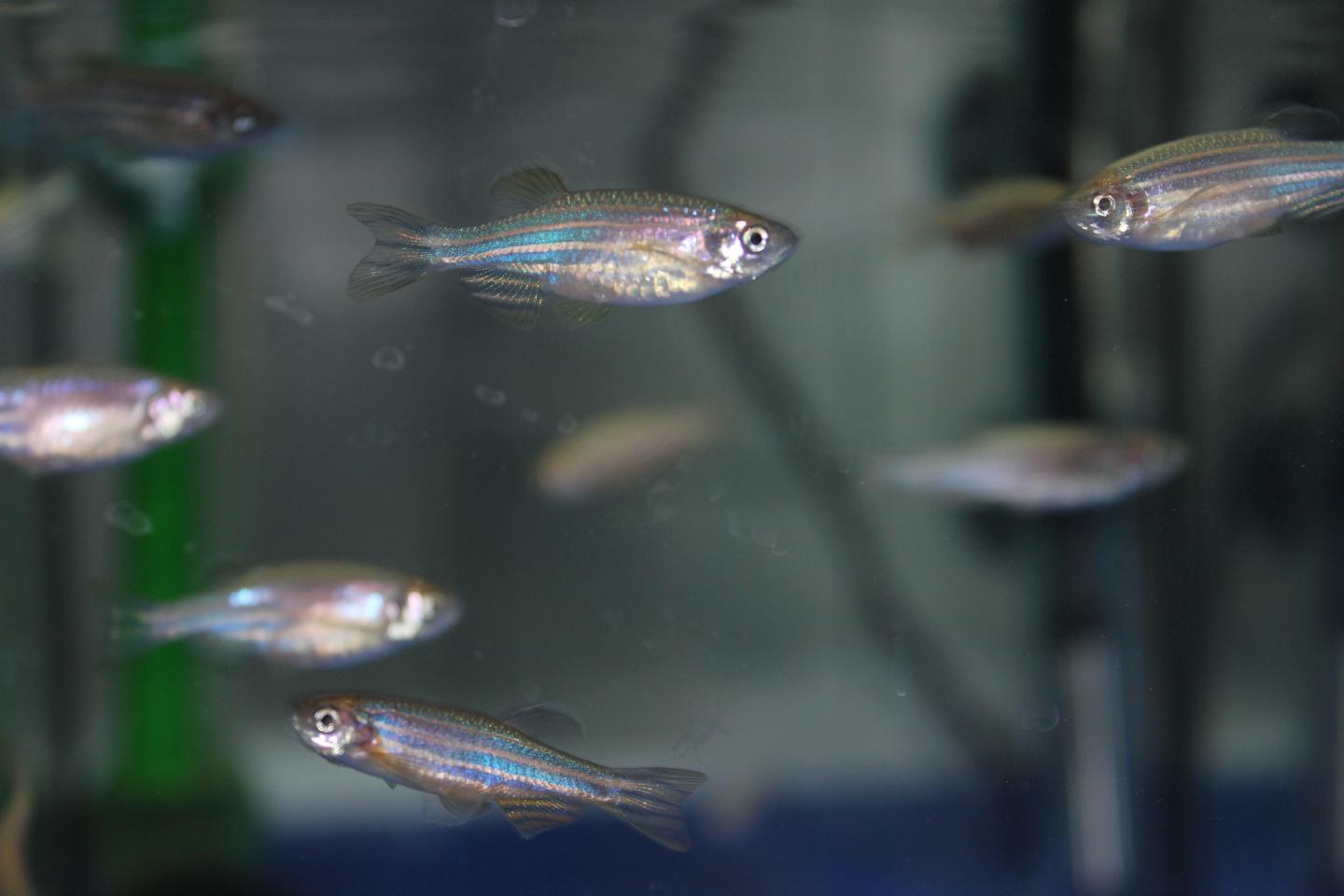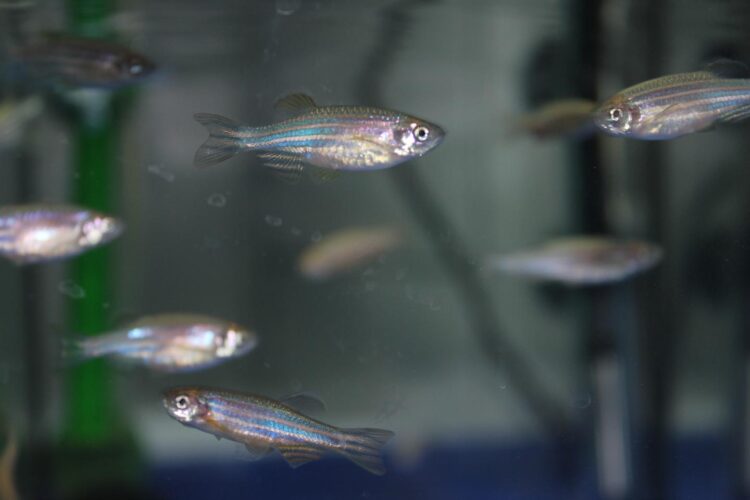Environmental risk assessment through the development of an artificial organ-based toxicity assessment. Establishment of environmental toxicity assessment method using alternatives to animal testing through the development of 3D cell-specific scaffolds

Credit: Korea Institute of Science and Technology(KIST)
Newly developed chemical substances or cosmetics can be distributed only after passing the risk assessment in human and environment. The developed product distribution is prohibited if it cannot pass the safety assessment for endocrine disruption, such as bisphenol A (BPA), removed from the market. The toxicity assessment of EDCs in the environmental aspect generally requires OECD testing on three species: Daphnia pulex, green algae, and zebrafish. Especially zebrafish is that similar to more than 90% human genes. However, zebrafish has recently become classified as a vertebrate animal testing, and it is limited tests with permission from a hospital or specific organization due to ethical issues for animal testing.
To address this problem, the Korea Institute of Science and Technology (KIST) announced that the collaborative research team led by Dr. Young Jun Kim, leader of environmental safety at KIST Europe, and Professor Hyunjoon Kong from the University of Illinois at Urbana-Champaign tried to develop the long-term toxicity and risks by cultivating organoids that mimic the liver of zebrafish.
The Vitellogenin (VTG) measurement, a biomarker for endocrine disruptors in examining chemical substances, using zebrafish has been widely used in toxicology. However, there have been limitations in using zebra organoids, developed as an alternative to using actual zebrafish for toxicity assessment as the cultured tissues could not produce high concentrations of VTG. The collaborative research team utilized polyethylene glycol (PEG) to produce organoid scaffolds to cultivate zebrafish liver cells. As a result, the team could culture the long-term zebrafish liver cells combined and assembled themselves, maintaining them in shape for 28 days.
Based on this cultivation method, the research team successfully developed artificial liver organoids of zebrafish for chronic toxicity testing used in long-term effect analysis for more than six weeks. The team expects that this artificial liver will yield similar results to direct tests using zebrafish, thereby replacing animal testing without ethical problems. In particular, the use of a three-dimensional zebrafish liver cell biomimetic system developed by the team enables measuring the long-term effects of EDCs on the environment in a shorter time.
“KIST Europe has been focusing on the research of ‘framework development for the adverse outcome pathway of EDCs in the ecosystem’ based on our accumulated work and research experiences in the environmental safety area since 2018,” KIST Europe Director Joon-kyeong Kim said. “We will keep putting efforts to support the tangible safety and medical technology for the public based on our abilities in toxicity experiments and in developing alternative methods to animal testing.”
“Our short-term goal is to secure technologies regarding potential toxicity assessment based on global-level alternatives to animal testing, and to arrange the foundation for domestic technology transfer,” Young Jun Kim, who led the collaborative research team, said. “In the future, we plan to focus on developing alternative methods to animal testing by developing a toxicity information alert system that can analyze the effects of various EDCs on the environment.”
###
This research was supported by the Institutional Research Project of the KIST Europe, funded by the Ministry of Science and ICT (MSIT) and the Creative Convergence Project of the National Research Council of Science and Technology. The findings were reported in the latest edition of the international journal, Environmental Science & Technology (IF: 7.86, Top 5.47% in JCR).
Media Contact
Do-Hyun Kim
[email protected]
Related Journal Article
http://dx.





